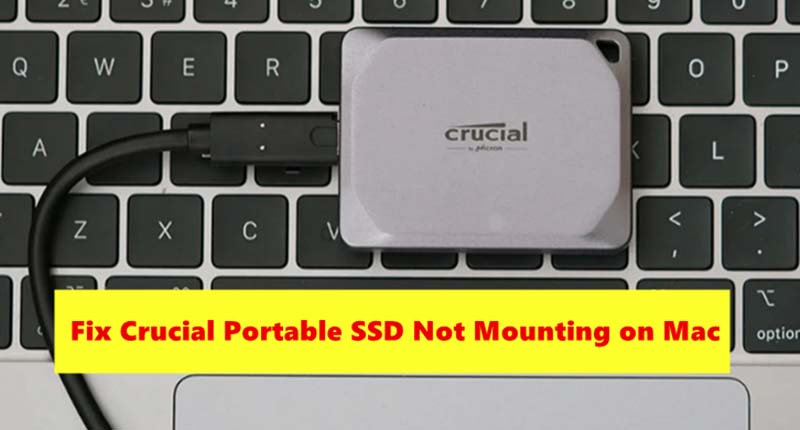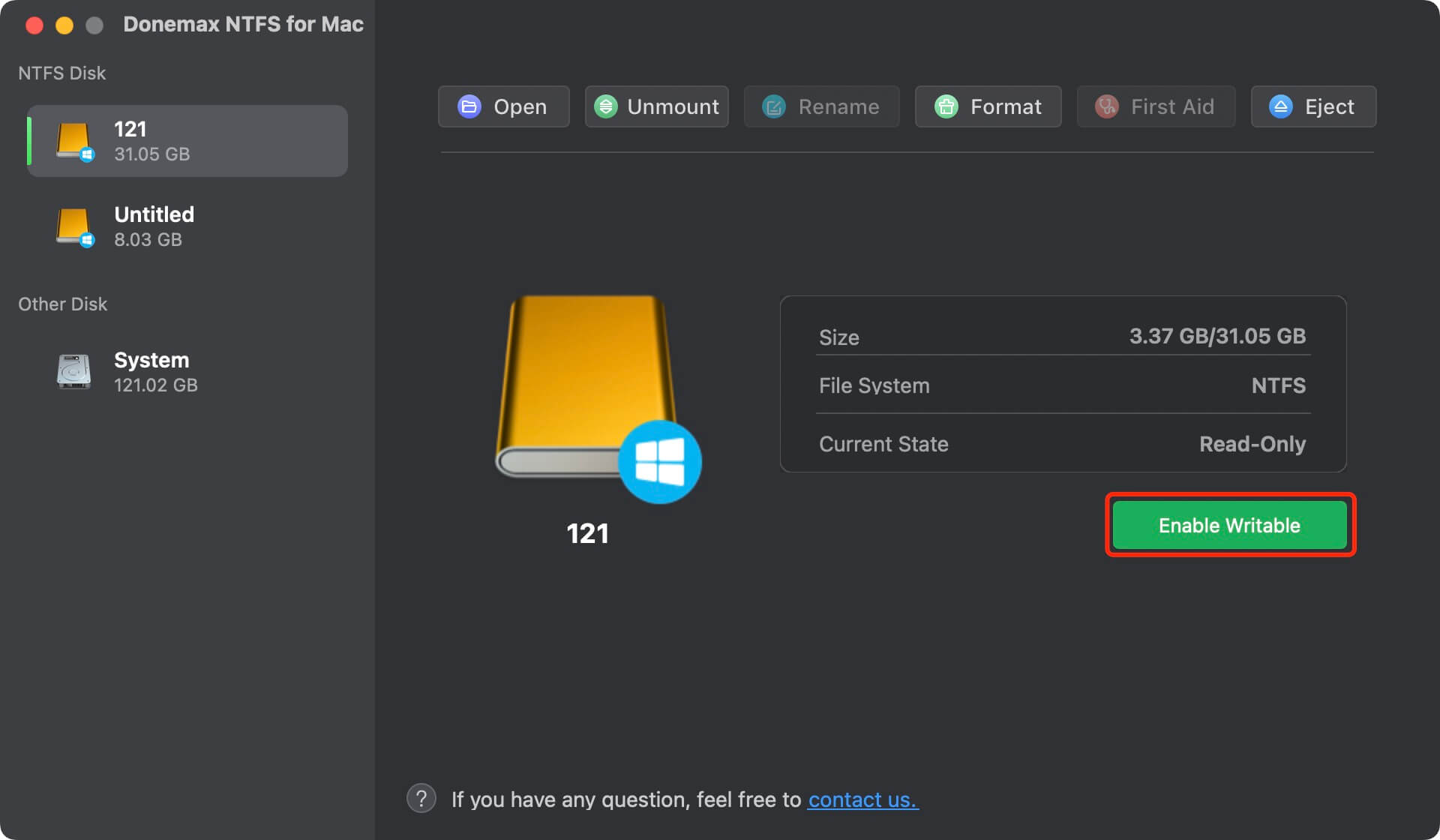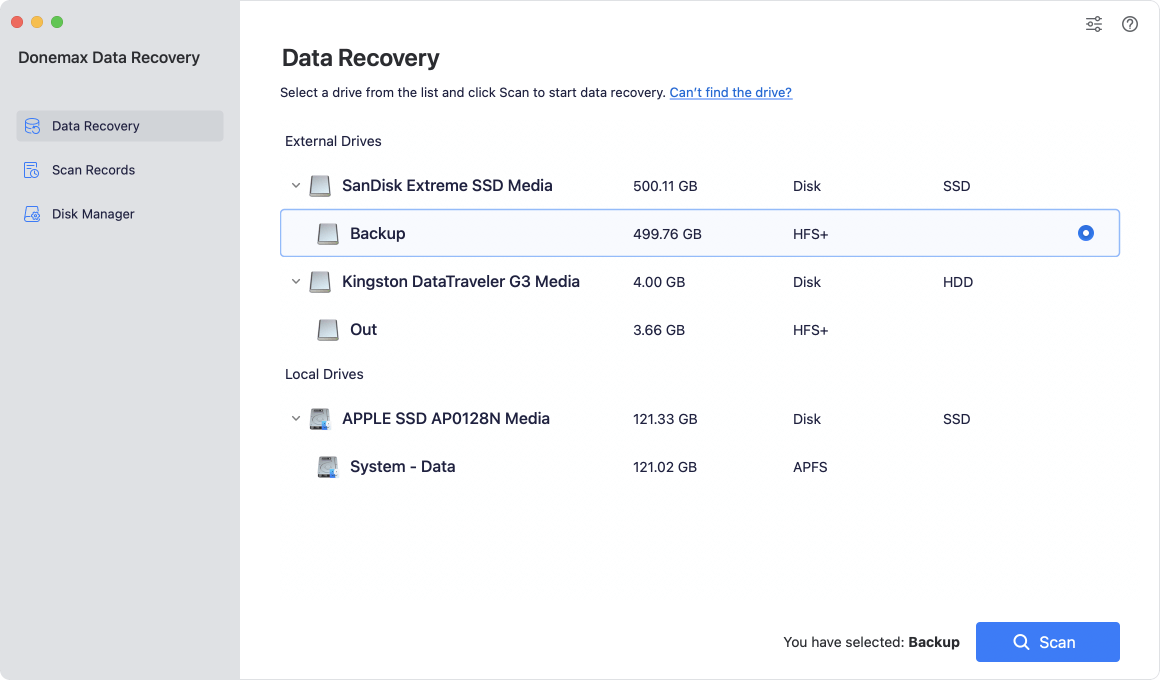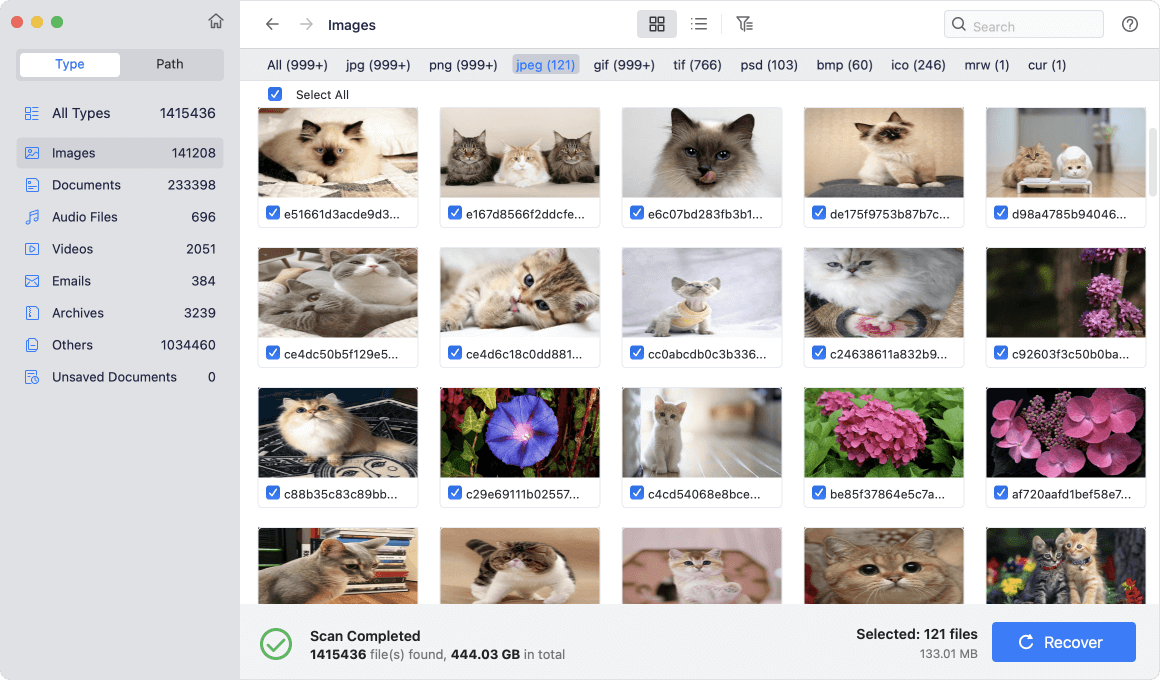PAGE CONTENT:
Data storage is very important in the digital world, and Solid State Drives (SSDs) are often used because they are fast and reliable. Crucial is a well-known SSD brand that sometimes has problems, especially with Mac users whose portable SSDs won't mount. This issue where the operating system doesn't see the drive can be annoying and cause problems.
The SSD might not show up on the desktop or in Finder, or it might be mentioned in Disk Utility but unable to be mounted. It is very important to figure out the root reasons, which could be hardware or software problems. This article tells you everything you need to know to figure out what's wrong and fix it so that your Crucial portable SSD mounts properly on your Mac, protecting your data and keeping your work flowing smoothly.

Fix Crucial Portable SSD Not Mounting on Mac
Here are the steps to figure out what's wrong and fix it.
1. Simple Checks
Check Physical Connections:
Make sure your Crucial portable SSD is attached to your Mac correctly. Try these things:
- Change the USB port.
- Switch to a different USB cord.
- Check if the SSD mounts by connecting it to a Windows PC or another Mac.
Check Power Supply:
Some portable SSDs need more power than a single USB port can give them, especially if they are hooked up to a USB hub. Use a USB hub or connect the SSD straight to your Mac.
2. Software Troubleshooting
Check Disk Utility:
Mac OS comes with a Disk Utility tool that can help you control your drives. How to use it:
- Go to Applications > Utilities > Disk Utility to open Disk Utility.
- On the side, look for your Crucial SSD. It's found but not mounted if it's mentioned but grayed out.
Mount the SSD Manually:
If Disk Utility sees the Crucial portable SSD but doesn't mount it, try putting it by hand:
- Use Disk Utility to pick out the Crucial portable SSD.
- Pick up the "Mount" button from the toolbar.
![Pick up the Mount button]()
Run First Aid:
There could be file system problems if the SSD is found but not mounted. Use the "First Aid" function in Disk Utility:
- Select the SSD in Disk Utility.
- Out of the menu, click the "First Aid" button.
- Do what it says on the screen.
![Run First Aid]()
3. Terminal Commands
The Terminal can be useful if Disk Utility doesn't fix the problem. How to use it:
List Connected Drives:
- Open Terminal by going to Applications > Utilities > Terminal.
- You need to type diskutil list and press Enter.
- Look for your Crucial SSD on the list. It'll be named something like /dev/disk2.
![Terminal Commands]()
Use Terminal to mount the SSD:
You can try to mount the SSD manually if it is mentioned but not mounted:
Type diskutil mountDisk /dev/disk2 into Terminal and press Enter. Make sure you use the right identifier for /dev/disk2.
Repair the SSD via Terminal:
If installing by hand doesn't work, fix the SSD:
It would help to type diskutil repairDisk /dev/disk2 and press Enter in Terminal.
4. Check for File System Compatibility
Check File System Format:
The SSD won't mount if written in a file system that macOS doesn't support, like NTFS without third-party drivers. You can check and change if needed by following these steps:
- Open Disk Utility.
- Choose the SSD and look at the file, such as NTFS, exFAT, HFS+, or APFS.
- If it's NTFS, you should change it to an exFAT or APFS file that works with macOS.

Note: When you reformat the drive, all of its data is erased, so make sure you have a copy of any important files before you do it.

Use NTFS for Mac Tool:
If you don’t want to format the NTFS Crucial portable SSD and want to use it on your Mac, just try NTFS for Mac tool.
Step 1. Download and install Donemax NTFS for Mac, run it from Launchpad. Connect the NTFS Crucial portable SSD to your Mac.
Step 2. Select the NTFS Crucial portable SSD, click on Mount button.

Step 3. To read-write the NTFS Crucial portable SSD, click on Enable Writable button.

Donemax NTFS for Mac also can help you fix damaged Crucial portable SSD on Mac.
5. Update macOS and Firmware
Update macOS:
Make sure your macOS is up to date, as updates often fix problems with drives not working with macOS:
- Start up System Settings.
- Click on General > Update Software.
- Install any available changes.

Update Crucial SSD Firmware:
Crucial sometimes puts out firmware changes that make things work better and be more compatible. Check Crucial's website to see if there are any firmware updates for your SSD model. If there are, follow the on-screen directions to install them.

6. Professional Help
If none of these steps work, you may need to get help from an expert. If you think your data is damaged, data recovery services can help. For technical problems, Apple Support or Crucial's support team can help.
Recover Lost Data from Unrecognized or Erased Crucial Portable SSD on Mac
You might lose data since you can't get to the important files on your portable SSD if it doesn't show up. You should try to get back the data from your unknown external SSD right away to avoid getting frustrated.
To get back data from an external SSD that isn't recognized, Donemax Mac Data Recovery is highly suggested. It's a quick and safe way to get back data from SSDs damaged, wiped, deleted, or cannot be mounted.
Step 1. Download and install Donemax Data Recovery for Mac on your Mac, then connect the Crucial portable SSD to your Mac.
Step 2. Open Donemax Data Recovery for Mac, then select the Crucial portable SSD to start data recovery.

Step 3. Click on Scan button. Please be patient while Donemax Data Recovery for Mac checks out your SSD. If you have a lot of things on it, it might take a while.

Step 4. Once the scan is completed, you can preview all recoverable files. Then select the wanted files and save them by clicking on Recover button.

Conclusion:
Getting a Crucial portable SSD to mount on a Mac can be hard, but thorough troubleshooting can often fix the problem. Most problems can be fixed by checking the connections, using Disk Utility and Terminal instructions, ensuring the file system works with the computer, and ensuring the software is always up to date.
If problems don't go away, it's best to get skilled help. Backing up often, ejecting safely, and treating things the right way can stop problems from happening in the future. By following these steps, you can ensure that your Crucial SSD continues to be a reliable way to store your data, keeping your important files safe and easy to access.
Related Articles
- Jul 17, 2023What to Do If An USB Flash Drive Not Working on Mac?
- Nov 29, 2024How to Format ExFAT or FAT32 Drive to NTFS on Mac?
- May 17, 2024How to Format ExFAT Drive to NTFS?
- Jan 17, 2024How to Format WD My Passport External HDD/SSD on Mac?
- Jan 14, 2025How to Format MBR Disk to GPT on Mac Without Losing Data?
- Jul 04, 2024Cannot Format Seagate External Hard Drive on Mac? Fix It Now

Lucien
Lucien is a writer and a chief programmer of Donemax software who has worked in the company for 5+ years. He has written much of the content on the site and devotes to providing troubleshooting and solution for Windows and Mac users including disk cloning, data recovery, migration, eraser, error fixes.

Gerhard Chou
In order to effectively solve the problems for our customers, every article and troubleshooting solution published on our website has been strictly tested and practiced. Our editors love researching and using computers and testing software, and are willing to help computer users with their problems


